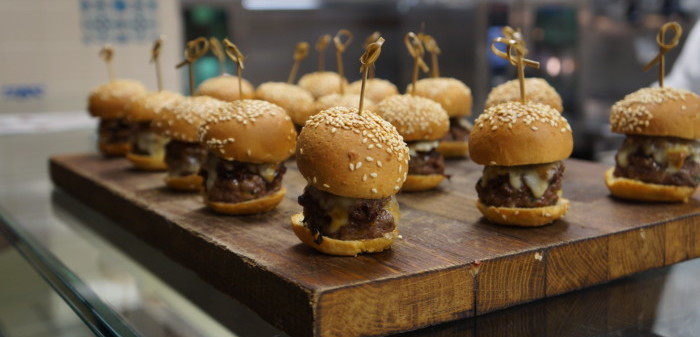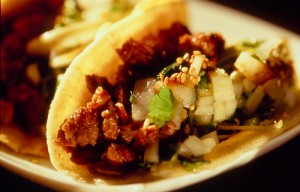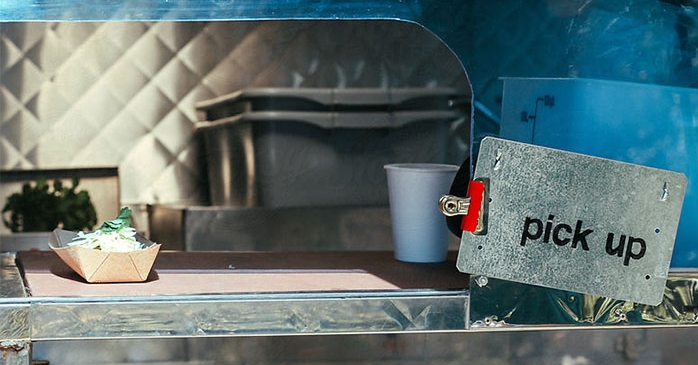Are you a food truck or cart owner that is looking to add some beautiful marketing photos of the fare you sell from your mobile kitchen? Are you a foodie who blogs about food trucks and is interested in getting better shots of the delectable food you have sampled from these rolling bistros? If you fit either of these areas, then today’s article is for you.
If you visit any book store and head over to the cook book or food magazine sections and you’ll be overwhelmed by the array of books and magazines filled with wonderful photography of the meals being written about.
Colorful stacks of vegetables drizzled with rich sauces on a clean white plate with glistening table settings; you know the shots. Sometimes the photography is almost the true focus of the book with the recipes or stories taking secondary roles.
8 Proven Food Photography Tips
Lighting
The first of our food photography tips is to treat the food you’re photographing as you would any other still life subject and ensure that it is well lit. Many of the poor examples of food photography that we’ve come across in the research for this article could have been drastically improved with adequate lighting.
One of the best places to photograph food is by a window where there is plenty of natural light – perhaps supported with flash bounced off a ceiling or wall to give more balanced lighting that cuts out the shadows. Daylight helps to keep the food looking much more natural.
Use Props
Pay attention not only to the arrangement of the food itself but to the context that you put it in including the plate or bowl and any table settings around it. These elements can often be placed in secondary positions in the foreground or background of your shot.
Be Quick
Food doesn’t keep its appetizing looks for long so as a photographer you’ll need to be well prepared and able to shoot quickly after it’s been cooked before it melts, collapses, wilts and/or changes color. This means being prepared and knowing what you want to achieve before the food arrives.
One strategy that some use is to have the shot completely set up with props before the food is ready and then to substitute a stand-in plate to get your exposure right. Then when the food is ready you just switch the stand-in plate with the real thing and you’re ready to start shooting.
Style It
The way food is set out on the plate is as important as the way you photograph it. Pay attention to the balance of food in a shot. This includes color, shapes, etc. Provide a way into the shot, using leading lines and the rule of thirds to help guide your viewer’s eye into the dish. One of the best ways to learn is to get some cook books to see how the pros do it.
Enhance it
Make sure you have some vegetable oil on hand. Brush it over the food to make it glisten in your shots.
Get Down Low
A mistake that many beginner food photographers make is taking shots that look down on a plate from directly above. While this can work in some circumstances, in most cases you wont. Get a better shot by shooting from down close to plate level, or slightly above it.
Macro
Focus on just one part of the dish. This can be an effective way of highlighting the different elements of it.
Add Steam
Having steam rising off your food can give it a ‘just cooked’ feel which some food photographers like. Of course this can be difficult to achieve naturally. Food stylists suggest that they add steam with a number of artificial strategies. This includes microwaving water soaked cotton balls and placing them behind food.
RELATED: How To Pose Your Food Truck For Photos
The Bottom Line
Use these tips to improve your food truck’s food photos. We hope these suggestions help any of you that are interested in adding high quality food photography to your websites.
If you have any additional food photography tips you would like to share, please feel free to add them to the comments section, our food truck forum or social media. Twitter | Facebook





